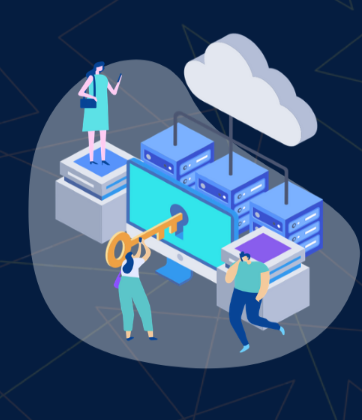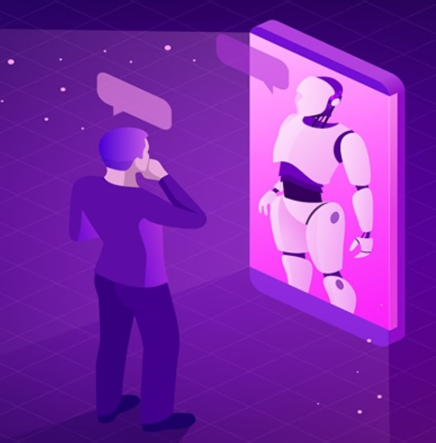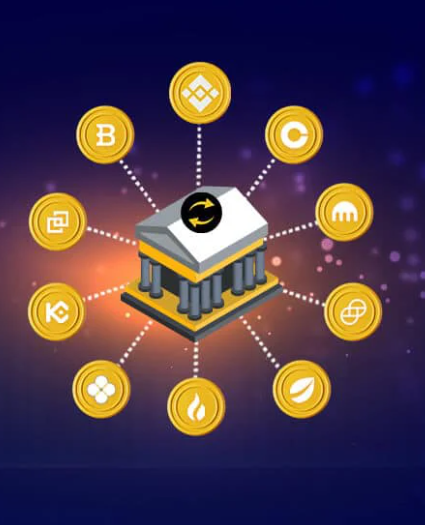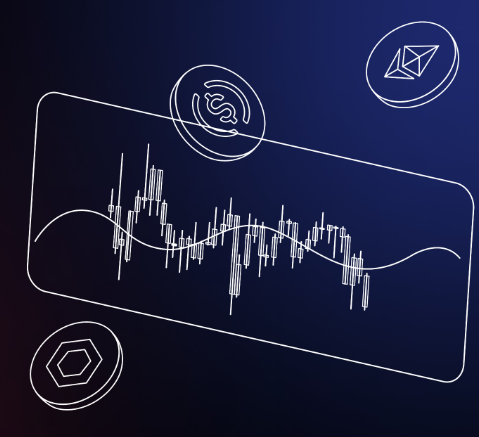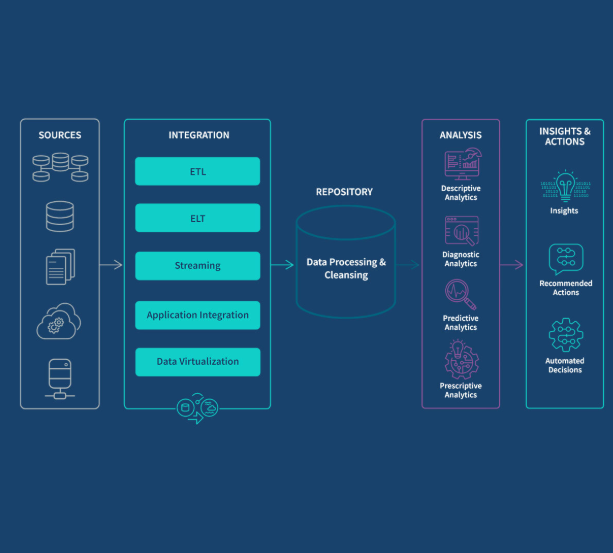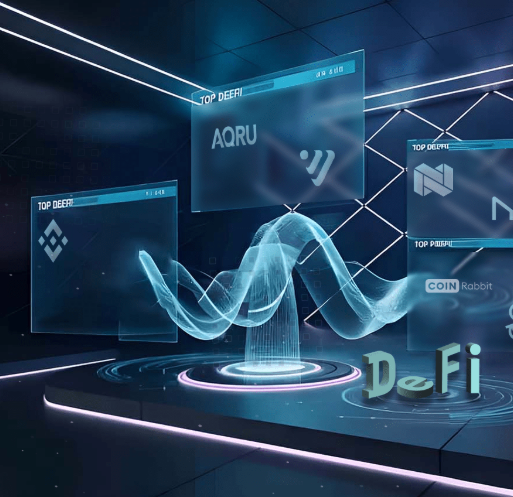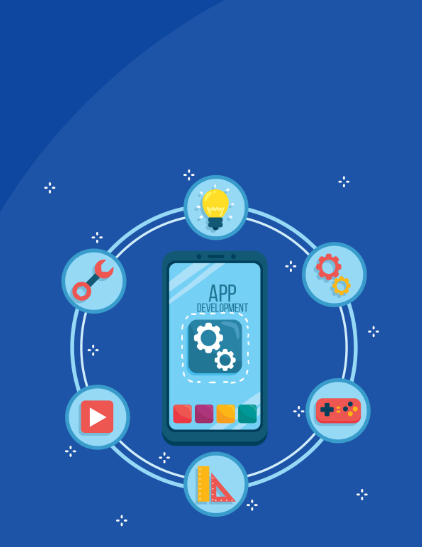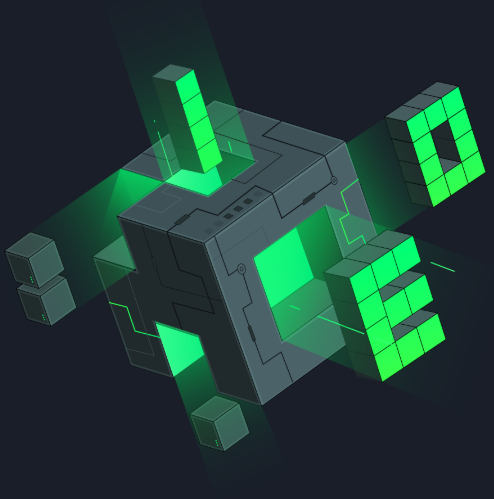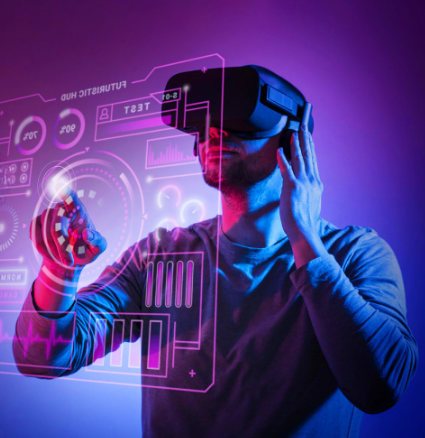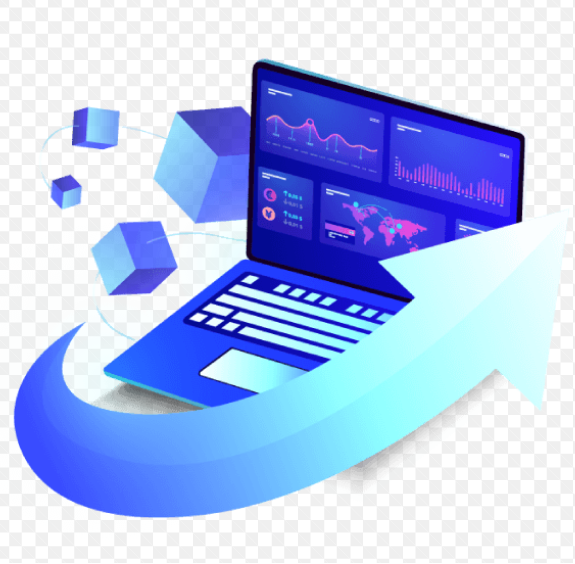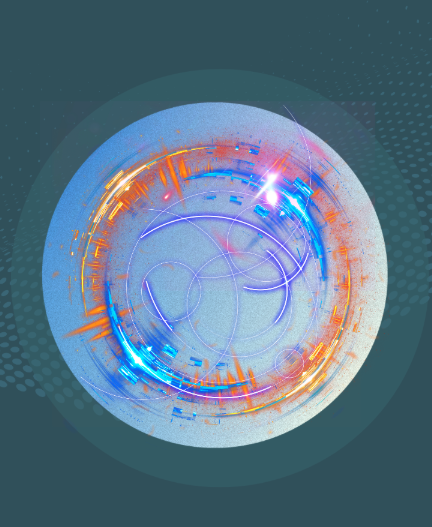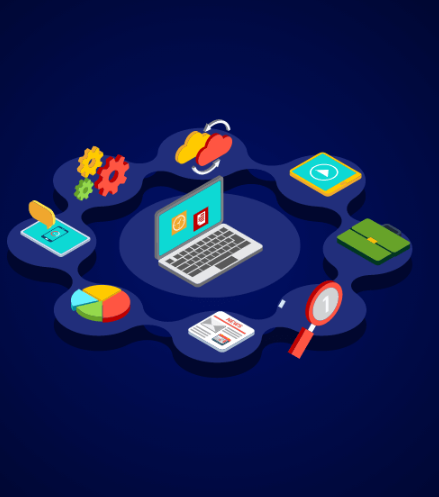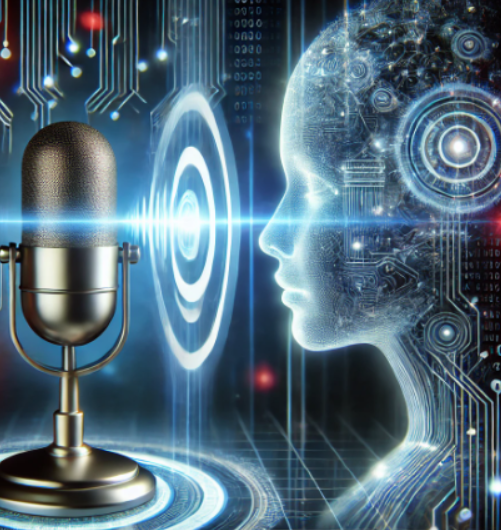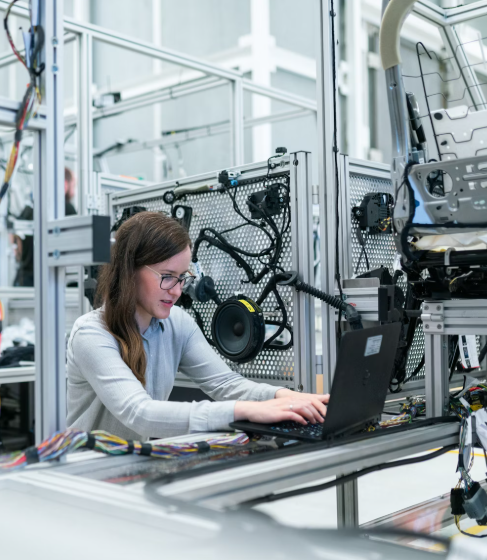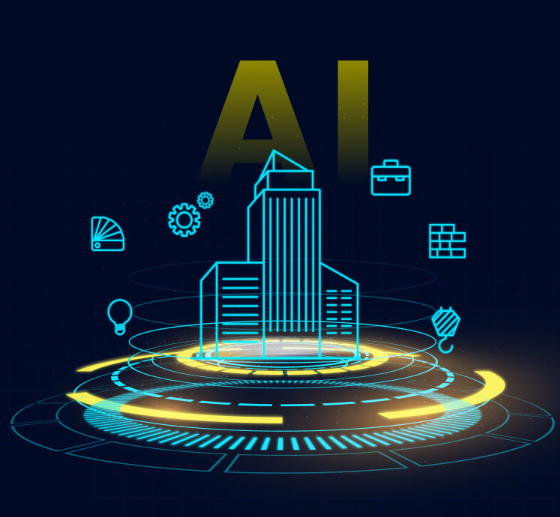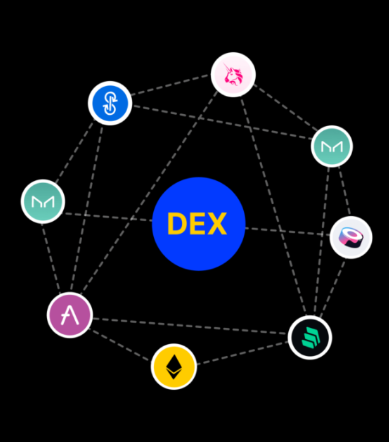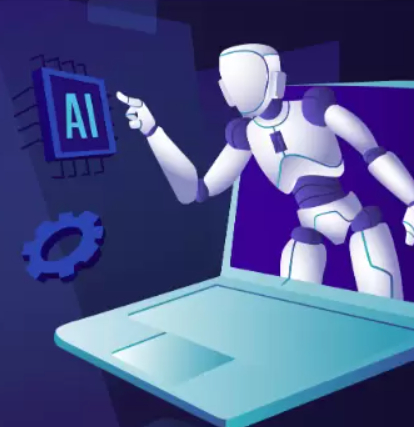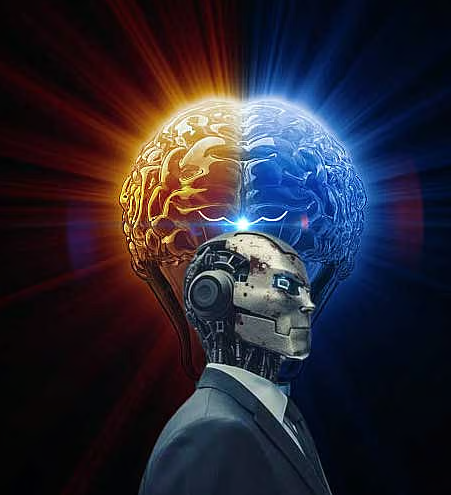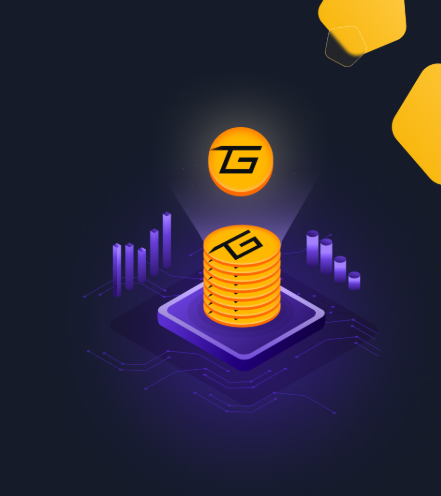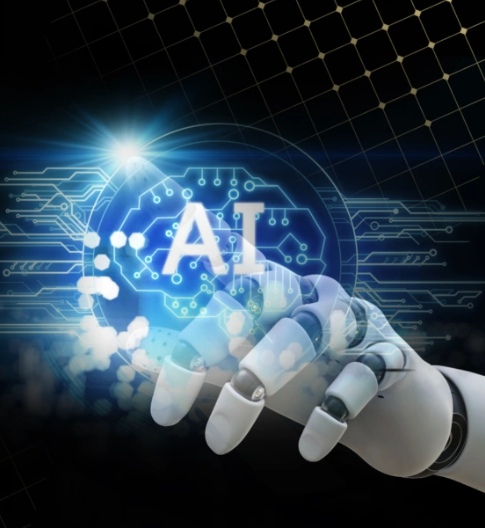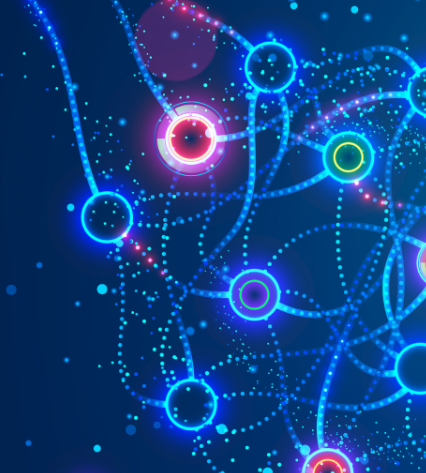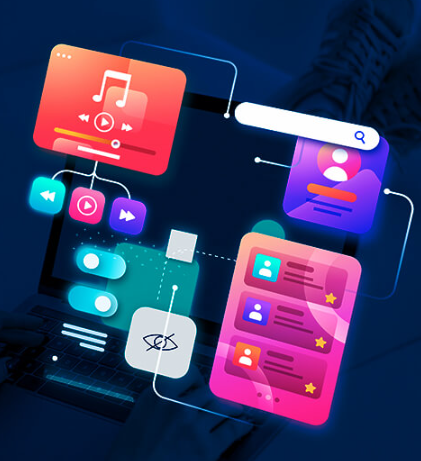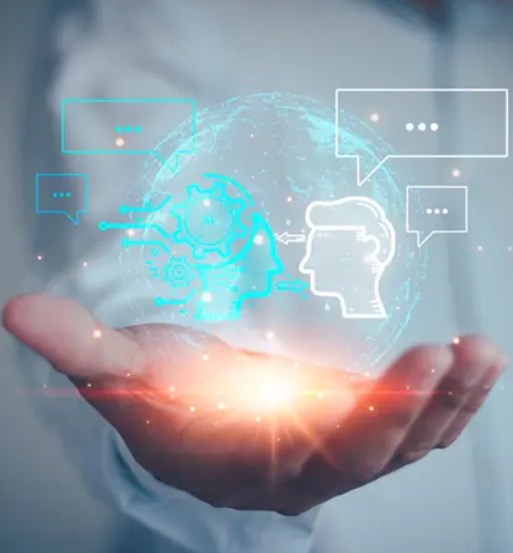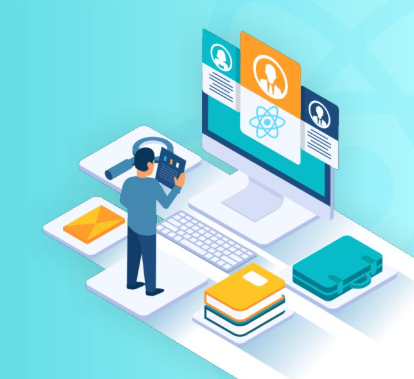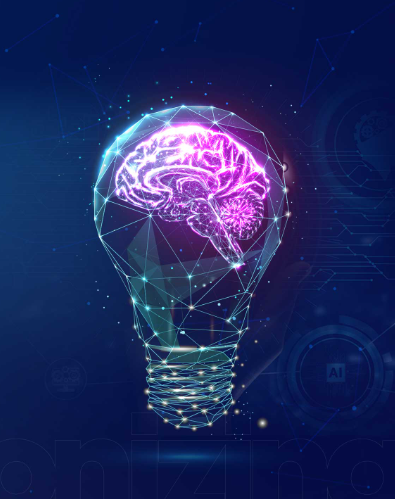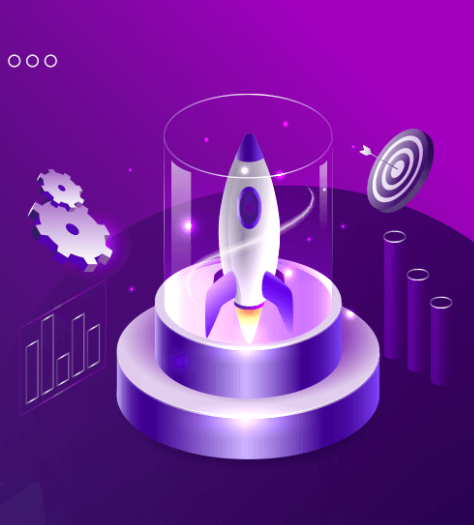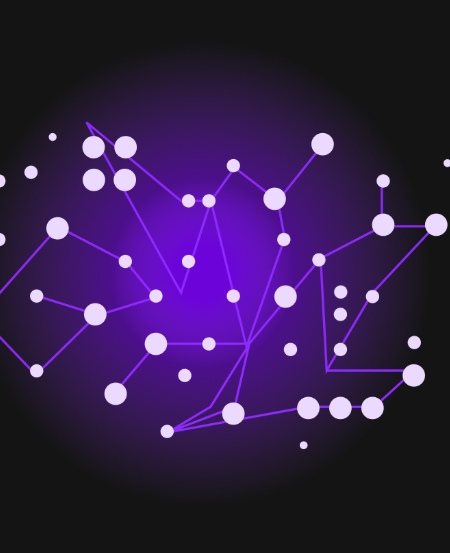
Machine learning (ML) knowledge graphs are transforming the way machines interpret and connect data. These graphs provide a structured framework that allows for better decision-making and improves machine learning models by organizing information into interconnected entities. The global knowledge graph market is predicted to see significant growth, with projections showing a rise from $1.31 billion in 2024 to $1.62 billion in 2025. This reflects the growing adoption of knowledge graphs in various industries, such as healthcare, finance, and e-commerce, and highlights their increasing importance in today’s data-driven world.
In this blog, we’ll explore what a machine learning knowledge graph is, how it works, its benefits, use cases, challenges, and the future trends shaping its development.
What Is a Machine Learning Knowledge Graph?
A machine learning knowledge graph is a specialized framework that connects data points using graph-based relationships. These graphs allow machines to understand complex data connections, learn from them, and make inferences based on context. Unlike traditional databases, knowledge graphs organize information as networks of entities (nodes) and the relationships between them (edges), which machine learning algorithms can easily navigate and learn from. By integrating this structure with ML models, the graph adapts through continuous learning, enhancing the model’s ability to make better predictions and decisions.
What Is a Knowledge Graph?
A knowledge graph is a dynamic data structure designed to capture and store relationships between different entities (such as people, places, or events) in a graph format. By using nodes (representing entities) and edges (denoting relationships), knowledge graphs allow machines to understand the semantic connections between data points, much like humans reason and infer relationships. As AI systems evolve, knowledge graphs are becoming increasingly important in enabling machines to interpret data more intuitively.
How a Knowledge Graph Works
- Unifying Data Sources
Knowledge graphs integrate data from multiple sources—such as internal databases, external APIs, or documents—into a single structure. This unification helps break down data silos, providing a more comprehensive foundation for AI and analytics. - Knowledge Extraction
At this stage, entities and their relationships are extracted from both structured and unstructured data. Techniques like natural language processing (NLP) and machine learning are used to pull relevant information, which is then represented as nodes and edges in the graph. - Graph Representation
Once knowledge is extracted, it is stored in a graph model, where each node represents an entity and the edges represent their relationships. This representation allows for efficient querying and data exploration, making it easier to visualize connections and infer new insights. - Schemas and Ontologies
Schemas define how data is structured, while ontologies specify the meaning of data and permissible relationships. These provide a semantic backbone for the knowledge graph, ensuring consistency and interoperability across systems. - Reasoning and Inference
By applying logic or machine learning-based inference, knowledge graphs can discover new relationships that were not explicitly stated, enabling predictive analytics and automated insights. - Integration and Exploration
Knowledge graphs support data exploration, allowing users and algorithms to navigate through the graph, uncover related entities, and retrieve insights on demand, which is especially useful in large-scale systems.
Benefits of Using Machine Learning with Knowledge Graphs
- Improved Accuracy and Efficiency
Knowledge graphs provide ML models with structured, semantically rich relationships between entities, which reduces ambiguity and improves prediction accuracy. This leads to faster training times and more reliable generalization, particularly when dealing with large, complex datasets. - Better Understanding of Complex Relationships
Machine learning combined with knowledge graphs helps uncover indirect correlations, hidden patterns, and cause-effect relationships. This is particularly valuable in fields such as healthcare, finance, and policy analysis, where understanding complex relationships is crucial. - Handling Unstructured Data
By integrating machine learning with knowledge graphs, organizations can extract meaningful data from unstructured sources—like social media, emails, or documents—and map them to structured entities. This makes it easier to process text-heavy data and improve downstream analysis. - Enhanced Reasoning and Inference
Knowledge graphs provide a semantic foundation for reasoning, enabling ML models to generate explanations, infer missing data, and simulate outcomes. This is crucial in applications like diagnostics, fraud detection, and autonomous systems, where transparency and trust are vital.
Use Cases for Machine Learning Knowledge Graphs
- Search and Recommendation Systems
By linking user preferences, behaviors, and content metadata, knowledge graphs power personalized search and recommendation engines. They help identify hidden patterns and connections that traditional methods might overlook, improving the relevance of suggested products, media, or services. - Chatbots and Virtual Assistants
Integrating knowledge graphs allows chatbots to better understand user queries and provide more accurate responses. By drawing from a structured set of relationships between entities, chatbots can handle dynamic conversations, resolve intents, and deliver human-like interactions. - Model Training
Knowledge graphs enrich training datasets by providing well-defined relationships between entities, which enhances model accuracy and reduces training noise. This is particularly beneficial in domains like healthcare and finance, where disambiguation and domain-specific knowledge are critical. - Customer Profiles
By consolidating customer data from various touchpoints—like web, email, and social media—into a knowledge graph, businesses can gain a comprehensive, real-time view of each customer. This enables better segmentation, predictive behavior analysis, and personalized marketing. - Data Science and Analytics
Data scientists can use knowledge graphs to uncover insights by analyzing relationships between various entities, such as transactions, user behavior, or product interactions. Machine learning adds another layer of sophistication, improving the accuracy of models for fraud detection, human resources analytics, and financial forecasting. - Semantic Search
Machine learning knowledge graphs improve search engines by interpreting user intent beyond just keywords. The graphs map queries to structured entities and retrieve results that are more contextually relevant, which is particularly useful in specialized fields like law, medicine, and research. - Predictive Maintenance
In industrial applications, machine learning knowledge graphs correlate sensor data, operational logs, and equipment metadata to predict potential failures. This helps prevent downtime and optimize maintenance schedules, especially in industries like manufacturing and aerospace. - Product Design
Design teams can use knowledge graphs to aggregate customer feedback, market trends, and usage patterns. Machine learning identifies gaps and opportunities, speeding up product development and ensuring designs meet real-world user needs.
Actionable Strategies for Leveraging Machine Learning Knowledge Graphs
- Define a Clear Ontology
Start by creating a domain-specific ontology that outlines the types of entities, their relationships, and constraints. This ensures consistency and clarity in data modeling and interpretation, which is essential for both machine learning and end-users. - Use Graph Embeddings for Integration
Graph embedding techniques like Node2Vec or GraphSAGE convert structured graph data into vectors that ML models can understand. This bridges the gap between graph databases and machine learning, enabling more sophisticated features for classification, recommendation, and anomaly detection. - Automate Graph Enrichment
Integrate NLP pipelines to automatically extract new entities and relationships from unstructured data sources like reports and articles. This continuous enrichment ensures that the knowledge graph stays updated and relevant to ongoing machine learning tasks. - Incorporate Feedback Loops
Create feedback loops where insights from machine learning models help refine the knowledge graph. This self-improving system helps detect new relationships or missing links, making the graph more useful over time.
Challenges in Implementing Machine Learning Knowledge Graphs
- Development and Maintenance Complexity
Building and maintaining machine learning knowledge graphs requires advanced modeling and scalable architecture. To manage this complexity, use modular frameworks and lifecycle management tools to reduce overhead. - Data Quality Issues
Inconsistent or noisy data can affect the accuracy of knowledge graphs. Implementing robust validation pipelines and standardizing data through ontologies can help ensure the reliability of the graph. - Scalability Concerns
Handling large datasets and real-time applications requires high-performance infrastructure. Using distributed graph databases and cloud solutions can help scale knowledge graphs effectively. - Data Security and Privacy
Knowledge graphs often contain sensitive data, so implementing strong data security measures—like encryption and role-based access controls—is essential to protect privacy and comply with regulations.
Future Trends for Machine Learning Knowledge Graphs
- Integration with Generative AI
As generative AI systems scale, knowledge graphs will play a crucial role in providing structured context for more accurate, explainable outputs. - Autonomous Graph Construction
Future systems will automate the construction and maintenance of knowledge graphs using self-supervised learning, reducing manual effort and enabling real-time updates. - Emphasis on Explainable AI
Knowledge graphs will contribute to the growth of explainable AI (XAI) by providing traceable relationships that help users understand decision-making processes. - Standardization Across Industries
As adoption increases, industries will move towards shared ontologies and standardized graph structures, promoting interoperability and collaboration across platforms.
Conclusion
Machine learning knowledge graphs are reshaping the way AI systems interpret and reason with data. By providing structure, context, and relationships between entities, they enhance the performance, scalability, and transparency of AI models. As technology advances, knowledge graphs will continue to play a central role in the development of more intelligent, adaptable, and context-aware systems.



